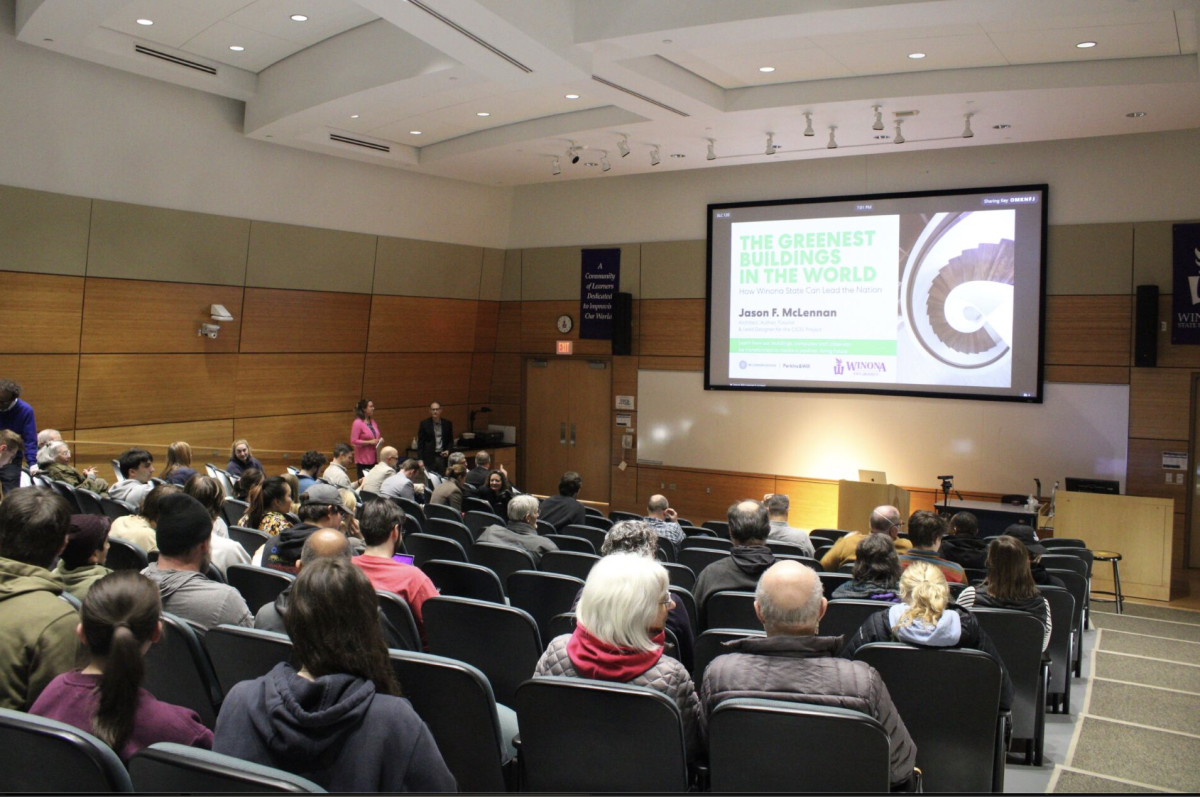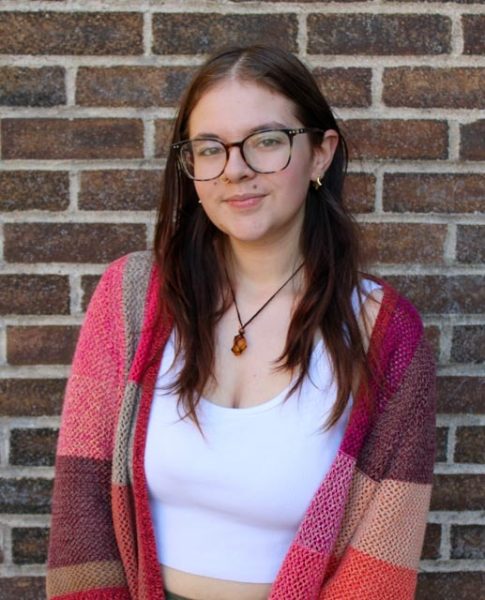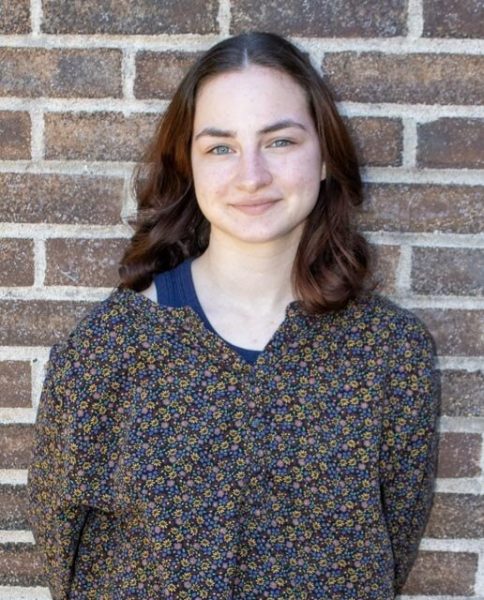Over the years Winona State University has made steps to become a model of being environmentally sustainable. With support from students and the university, the green fee was created to support sustainability over the years.
From this fee, WSU has been able to create a sustainable move out event, garbage in trails restoration, Grow Winona program, electric vehicle charging stations, and sustainability minor and house, WSU sea garden, and the list goes on. In addition, the use of the solar panels in front of the IWC and renewable energy purchased from EXCEL, 62.7% of WSU’s electric needs are met with this power.
“As we look at our next new building CICEL, it’s more than a new building on campus- it’s an opportunity for active learning classrooms, high-tech labs, and innovative spaces. This project can improve Winona State’s educational experiences while furthering our commitment to sustainability,” Interim President Kenneth Janz said. “The CICEL project will create a gateway to Winona State’s main campus where students from the art design, computer science, mathematics and stats departments will form an active community to build skills and solutions, not just for today, but also for the future.”
The living building challenge is where WSU first looks. A talk in the SLC on Feb. 7 titled “The Greenest Buildings in the World: How Winona State can lead the Nation” was led by architect and prominent figure in the green building movement, Jason F. McLennan. This talk was to expand on what can be possible for WSU’s future building, CICEL.
Born in one of the most polluted mining cities in the world, (Sudbury, Ontario), Mclennan has been helping restore not only his community but communities all over the globe. Created by McLennan and Bob Berkebile in 2005, the Living Building Challenge heightens the expectations of physical life and growth in the building as a living and breathing unit. With Perkins&Will and McLennan Design, they hope to build a regenerative building on campus.
To the horror of some students in the crowd, one of the first explanations of what is in a living building, McLennan describes how a building can be a host to the full water cycle through a Net Zero water project he worked on that completely got rid of their water bill. Rainwater would be collected and connected to bathrooms and places that used water. Once the water was used, waste would be flowed into natural systems called “the Green machine” which was a natural installation into a space where people can see part of it. Those natural systems would then clean that water and flow through a sand filter where someone could put their hands in.
“You use it and then you clean it and then you return it to the world better than you got it is the idea.” McLennan comments mentioning one of the people he looked up to in sustainability, Buckminster (Bucky) Fuller.
With this idea, he lists how living buildings can and have been easily implemented in a university setting. After a Q&A session was held and with no new news about what CICEL, students still have a lot to wonder about this estimated 77 million dollar building that will replace Gildemeister & Watkins Halls in Fall 2027.
Students may not know a lot about what actual plans there are for CICEL, but at least they can hope for something great.
































